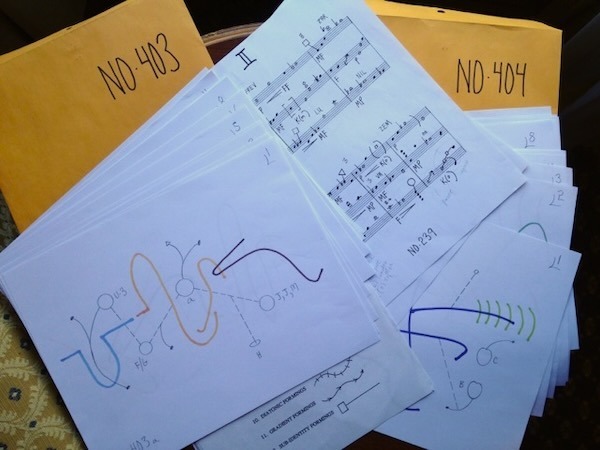Anthony Braxton Trio (after Big Ears Festival and ZIM MUSIC)
So, the Big Ears Festival was a big surprise in terms of Braxton repertoire. I wrote in the last post that the Anthony Braxton Trio, which I am part of, usually performed Braxton’s Falling River Music. That was before I left for Big Ears. The 10+1tet had been getting ready to perform Ghost Trance. But…
